“No kind action ever stops with itself. One kind action leads to another… A single act of kindness throws out…
Read More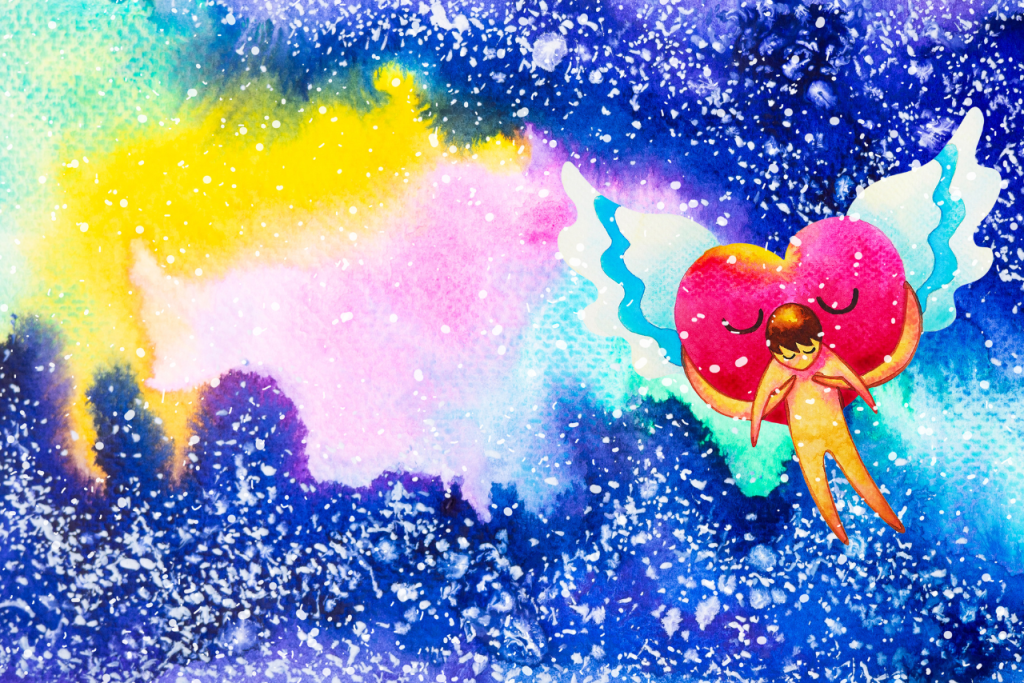

“No kind action ever stops with itself. One kind action leads to another… A single act of kindness throws out…
Read More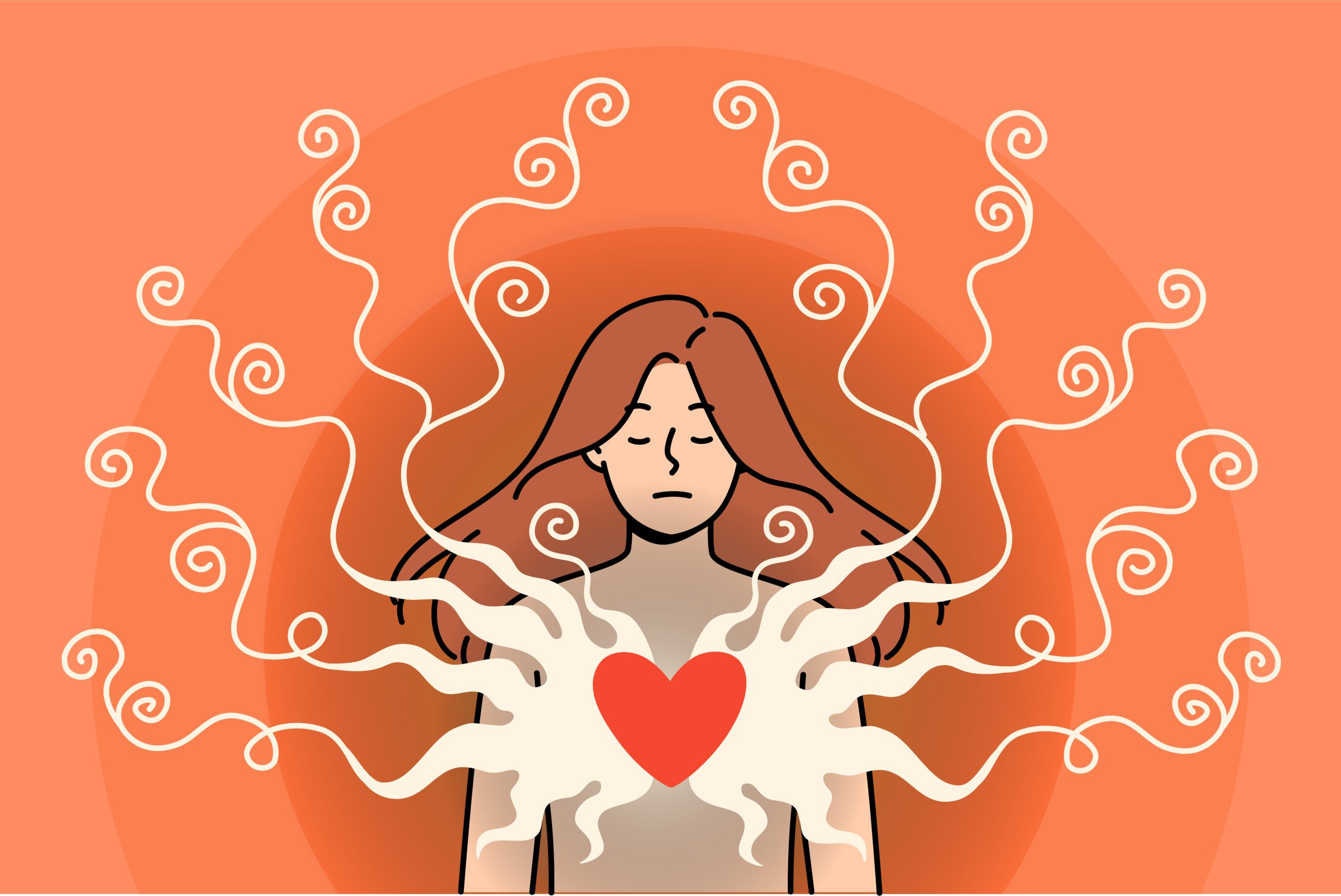
“If you force yourself into forgiveness before fully feeling and moving through the layers of anger and hurt, it won’t…
Read More
“If you love yourself, it doesn’t matter if other people like you because you don’t need their approval to feel…
Read More
“Part of the ingenuity of any addictive drug is to fool you into believing that life without it won’t be…
Read More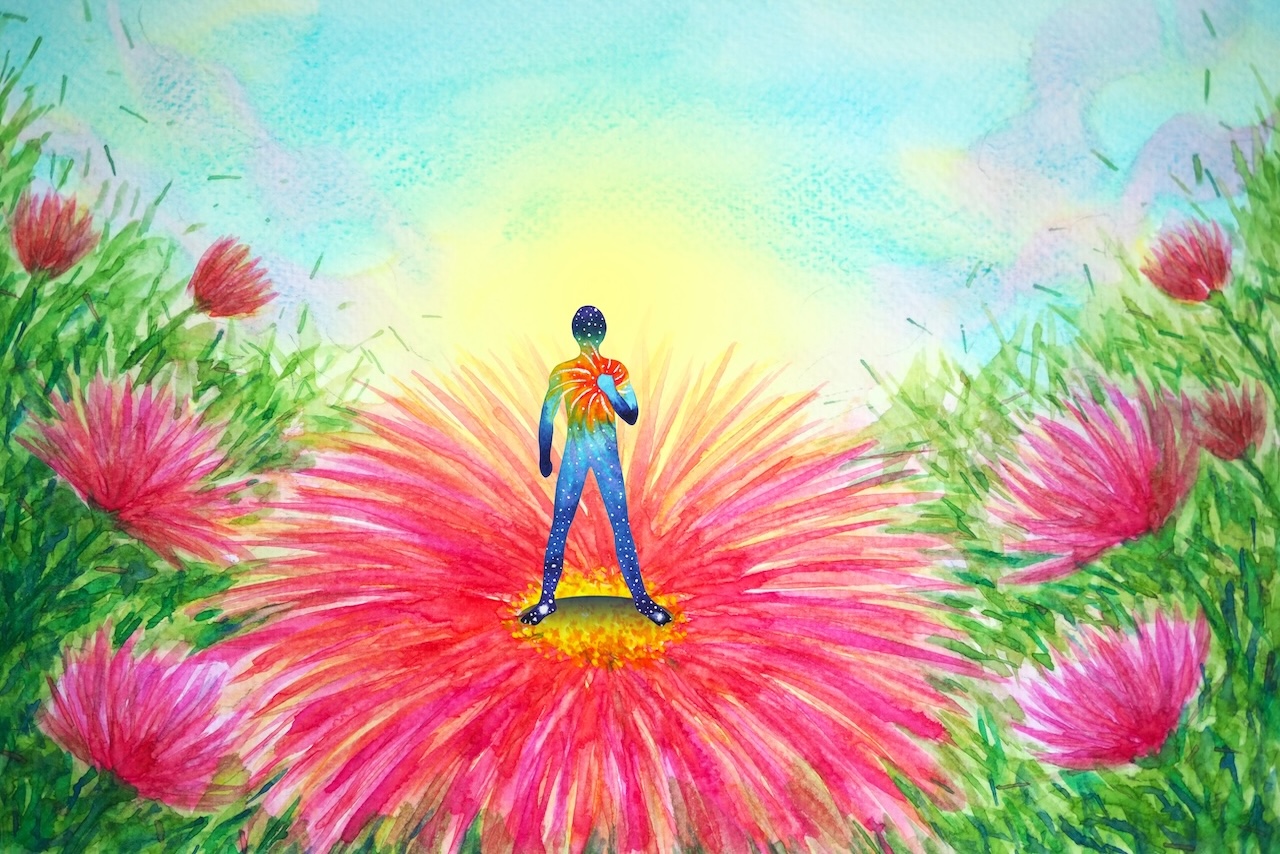
“Daring to set boundaries is about having the courage to love ourselves, even when we risk disappointing others.” ~Brené Brown…
Read More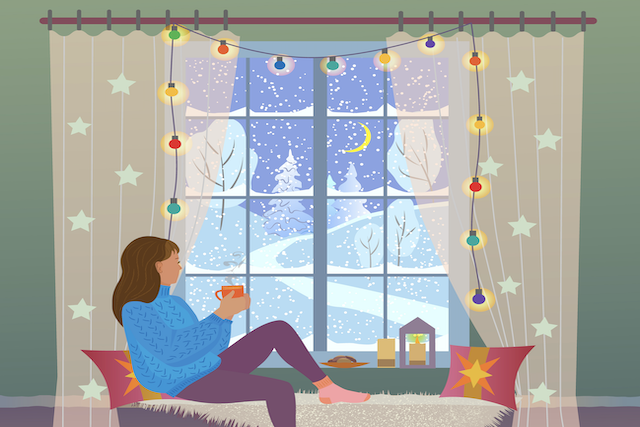
“Take a little time to be amazed by something you won’t enjoy unless you consciously choose to focus on it.…
Read More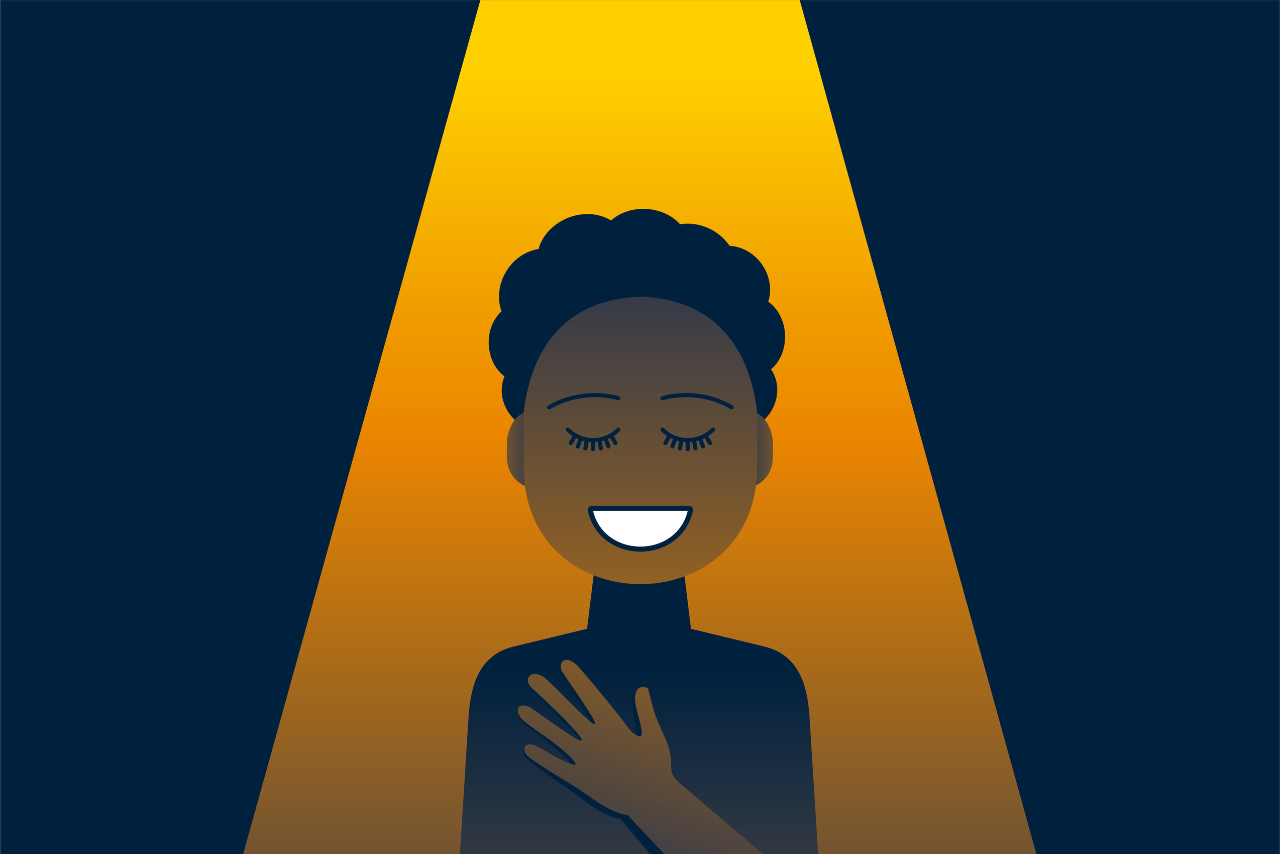
“The only way to do great work is to love what you do. If you haven’t found it yet, keep…
Read More
Hi friend! Today, I’m excited to share with you an extraordinary upcoming event (from this month’s site sponsor) that could…
Read More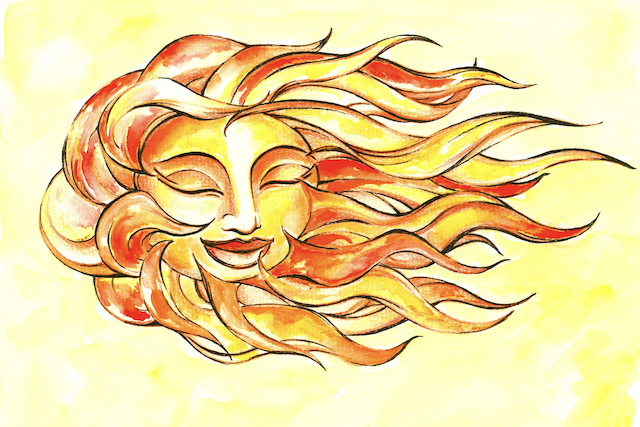
“When a flower doesn’t bloom, you fix the environment it grows in, not the flower.” ~Alexander Den Heijer I remember…
Read More